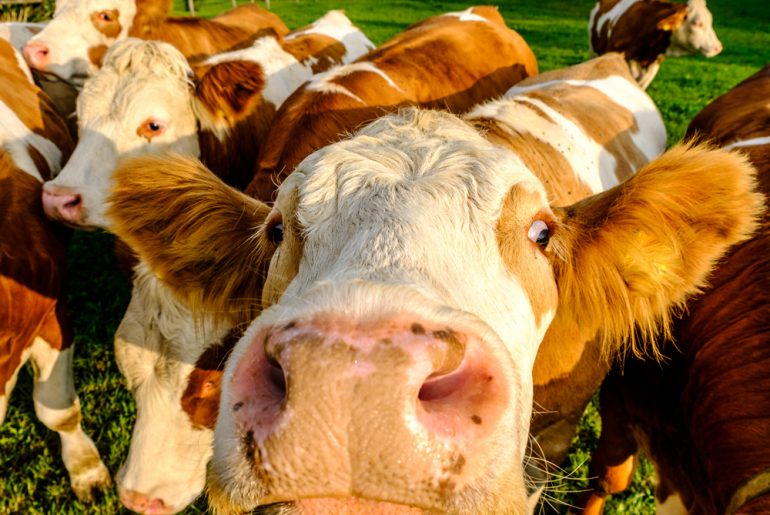Seven percent of all adults in America believe that brown cows produce chocolate milk, according to an online survey commissioned by the Innovation Center of U.S. Dairy.
That’s about 16.4 million misinformed folks who don’t know that chocolate milk is made of milk, cocoa and sugar.
It’s jaw dropping for most of us, but for decades, educators and observers of all things agriculture have been telling us that we’re basically illiterate when it comes to what’s on our kitchen table. Many people don’t stop to consider where their food is grown or how it gets to the store — or, like chocolate milk, how it’s made.
On study commissioned in the early ’90s found that nearly 1 in 5 adults didn’t know hamburgers are beef. Even more adults didn’t know basic farming facts and practices such as what animals eat or how big a U.S. farm typically is.
Seemingly, not much has changed in the decades since.
“At the end of the day, it’s an exposure issue,” said Cecily Upton, co-founder of the nonprofit FoodCorps, told The Washington Post. “Right now, we’re conditioned to think that if you need food, you go to the store. Nothing in our educational framework teaches kids where food comes from before that point.”
Of course, those who are raised near or around agriculture tend to know more about where their food comes from, as do people with higher education and higher household incomes.
Urbans areas fall behind the most on basic food facts. When a team of researchers asked urban California middle school kids agriculture questions, they found that 3 in 10 didn’t know milk makes cheese. Four in 10 didn’t know hamburgers are made from cow beef, and more than half didn’t know that pickles were cucumbers or that onions and lettuce were plants.
Most Americans today experience food as a an industrial product, sterilized, pre-packaged, uniform, hygienic, and branded. Many couldn’t imagine their morning cereal as wheat blowing in the breeze in Nebraska or their french fries growing in the ground in Idaho.
While it seems silly to think someone would think chocolate milk comes from brown cows, we’re so far removed from our food’s origin, it shouldn’t be that surprising. Only education can put us back where we need to be, so we can make smart informed decisions about what we put in our bodies.
For more on the ongoing education efforts by organizations like FoodCorps, visit The Washington Post.




